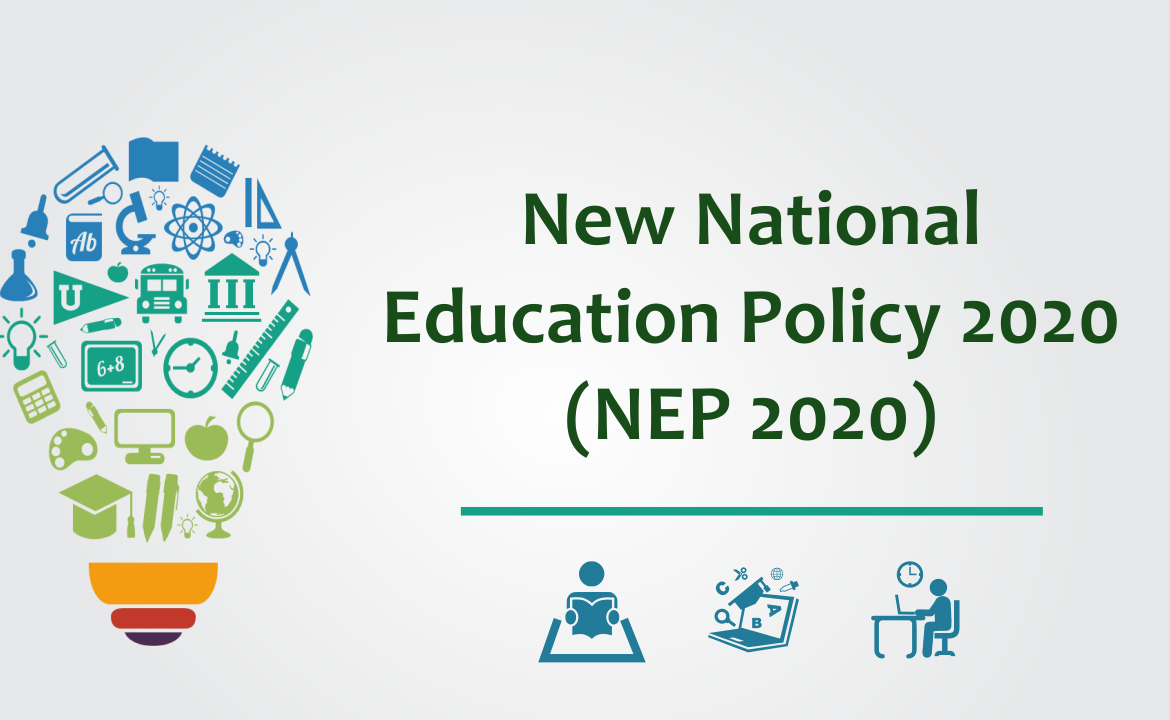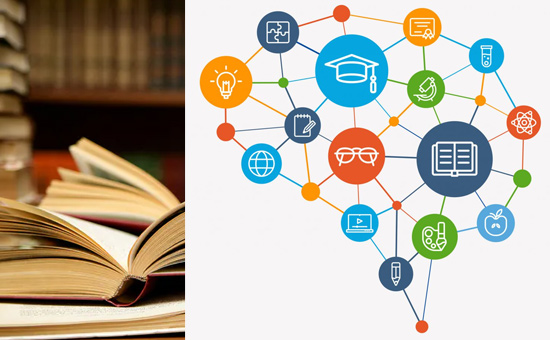NEP 2020: Consistent with aspirational objectives for 21st-century learn

The highlights of NEP 2020 are as follows:
1. To ensuring quality early childhood care and education for all children between the ages of 3-6 and universal access to education from pre-primary school through grade 12
2. New Educational Framework (5+3+3+3+4)
3. National Mission on Foundational Literacy and Numeracy to be Established
4. Indian languages are being encouraged, and up to grade 5, the mother tongue will be the main medium of instruction.
5. Education that is fair and inclusive and places more of a priority on vocational training in schools
6. Various entry/exit points and a holistic, multidisciplinary education
7. More money being spent on digital infrastructure, and there being online learning environments, virtual labs, and digital archives available
The objective of NEP 2020 is to help students grow in their cognitive, social, ethical, and emotional abilities. Let's talk about the benefits and drawbacks of the new education policy.
Benefits of NEP 2020: Realizing human potential via education
The NEP 2020 has been introduced in order to make significant changes to the educational landscape in India. Here are some benefits of the new education policy for 2020:
1. Spending on education is now being expanded from 3% to 6%. This will provide the education sector with much-needed cash, focus, and prioritisation.
2. Stress associated with exams will be lessened thanks to the altered school framework, which will also direct students' attention toward practical skills and vocational education.
3. Subject selection freedom: Students now have more options for what they can learn. They can explore a diverse field of study by selecting any subject combination from the arts, sciences, and business.
4. Teaches children how to code: The introduction of computers and coding in sixth grade has improved the educational process.
5. Education is becoming a basic human right according to NEP 2020. It will effectively universalize education for kids ages 3 to 18 and bring back a lot of kids to educational institutions.
Improvement Areas
There are several issues, though, that have drawn criticism from some social groups. Among the drawbacks of the new education policy 2020 are the following:
1. The challenge of teaching in the mother tongue:
2. It will be difficult to teach the essential courses in the mother tongue because India has 22 official languages and many dialects. First, the course material will need to be translated into various languages, and then qualified instructors will be needed to put this into practise.
3. Increasing the gulf between students
The introduction of English after the fifth grade in government schools will exacerbate the gap between private schools that have been offering education in English since because the mother tongue will be the chosen medium of instruction until class five.
4. Challenge of the digital divide: In rural areas where not everyone can afford cellphones, India's digital divide is much more severe. The issue is further exacerbated by the inadequate IT infrastructure of government-run schools, which may cause problems with implementation when education is digitised.
However, these policies' problems can be resolved with appropriate government action.







